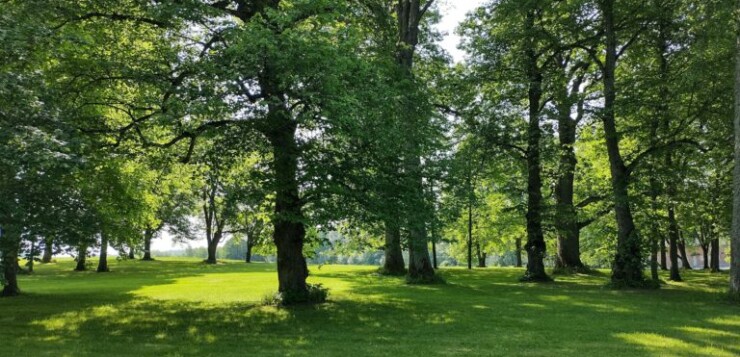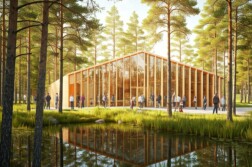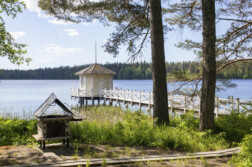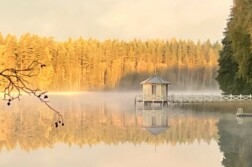Finland is known for its vast forests, but not necessarily for the abundance in the variety of tree species within those forests. The forested landscape that covers most of the country is made up of only three main species: the Norway spruce, Scots pine, and the silver birch. Other tree species are present in the forests for the sake of preserving biodiversity, but since the forests in Finland are mostly used for commercial purposes, these outlier trees, in proportion, are quite few and far between. For a dendrologist or a botanist, the task of identifying and studying trees in the typical Finnish forest may leave them wanting more. Hopefully, however, they can find a remedy in a park designated for the growth of a wide variety of different tree species: an arboretum.
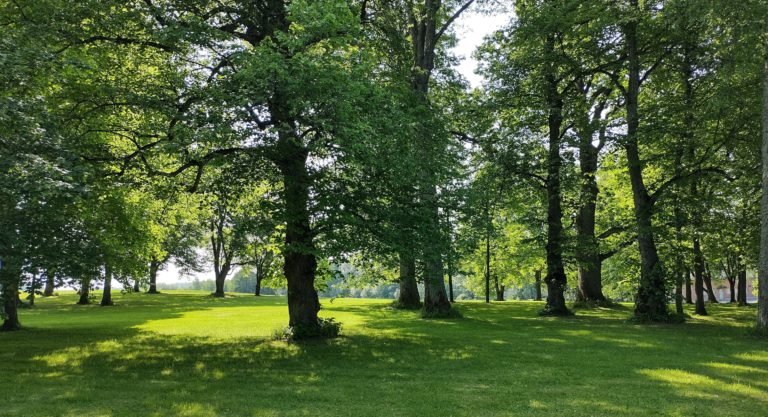
In the Hӓme region in Southern Finland, there has been an effort to develop and improve historical arboretums that have served for many decades as tools for education and places of leisure. There are three arboretums located on the grounds of the HAMK (Hӓme University of Applied Sciences) campuses: Lepaa, Mustiala, and Evo. These three schools teach horticulture, agriculture, and forestry respectively, and the fields all have a unique relationship to trees. Evo and Mustiala campuses were founded between 1840 and 1850 and the Lepaa campus not long after in 1910 and the development of the arboretums followed suit. The long history of the campuses and their corresponding arboretums adds to their appeal as you can see the development of the parks over the years as you look at the centuries-old larches to the newly planted hardwoods.
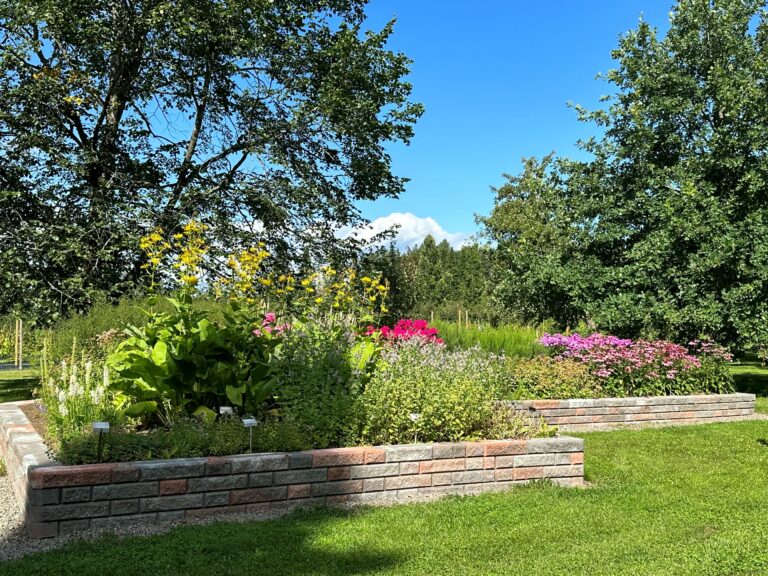
In the fall of 2022, a project was started to map out and digitalize the arboretums to reach a wider audience and preserve the cultural significance of these sites. The digitalization of the parks will give visitors a more immersive learning experience about the trees and plants by showing information about the various tree or plant species and their characteristics. It will also serve to preserve the historical and cultural value of these arboretums as a museum of tree diversity. Along with the digitalization process, routes were developed through the parks to give visitors tours of a more specific variety of trees and plants, in which they are interested.
The arboretums will and have served as educational resources for students, researchers, and nature enthusiasts alike. The digitalizing and labeling of the trees and plants in these parks offer visitors the opportunity to delve deeper into the botanical heritage of the Hӓme region. Whether your interests are in conifers, deciduous trees, or ornamental plants, there is something for everyone to discover and learn about. The project also has the potential to boost tourism in the region as the arboretums can offer a unique learning experience about the cultural and ecological meaning of the trees and plants and the areas around them.
Even though the project has been finished, there is an interest in continuing the development and more funding has been applied for, so it is worth keeping an eye on these arboretums as more changes could be coming!

